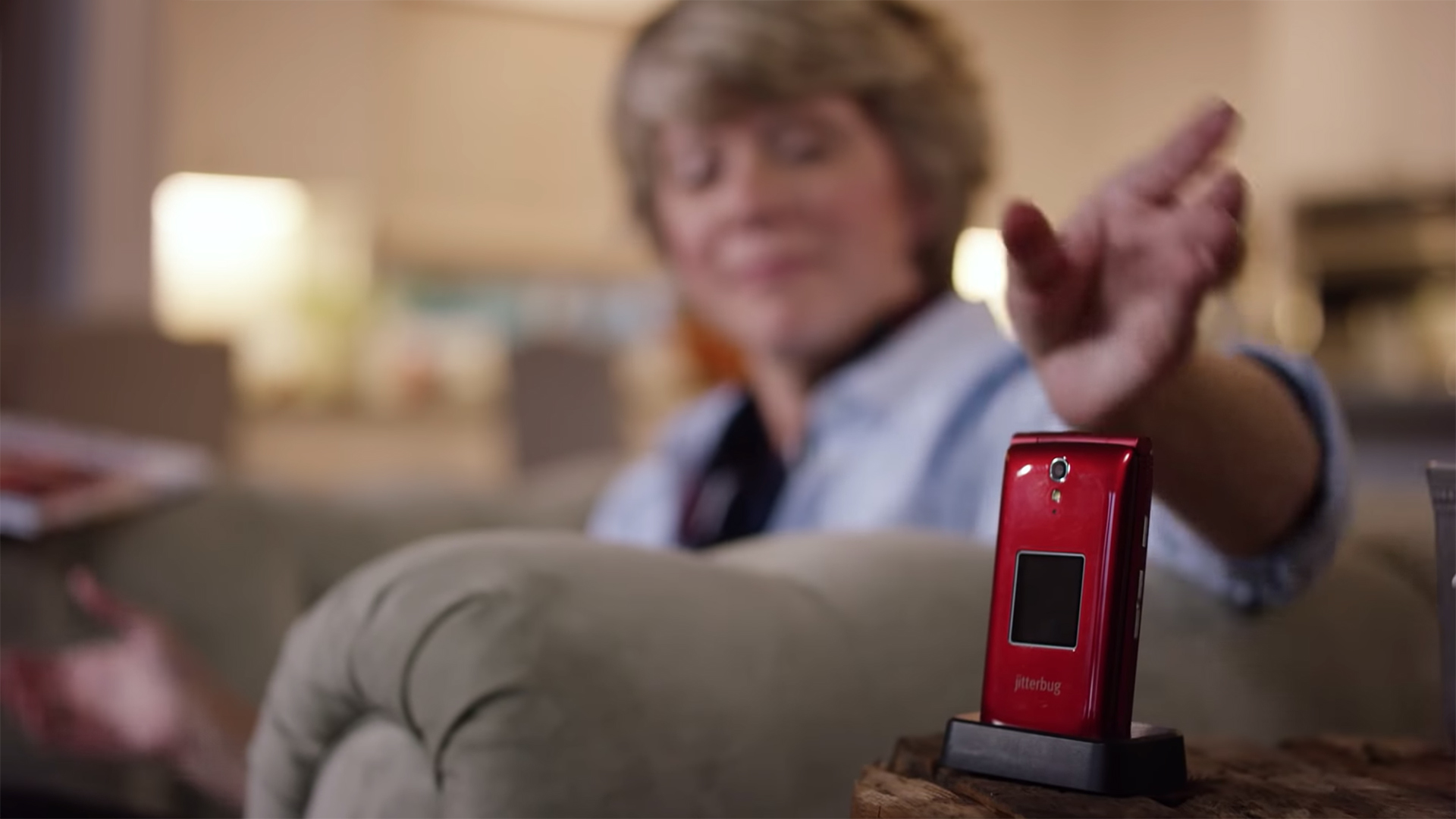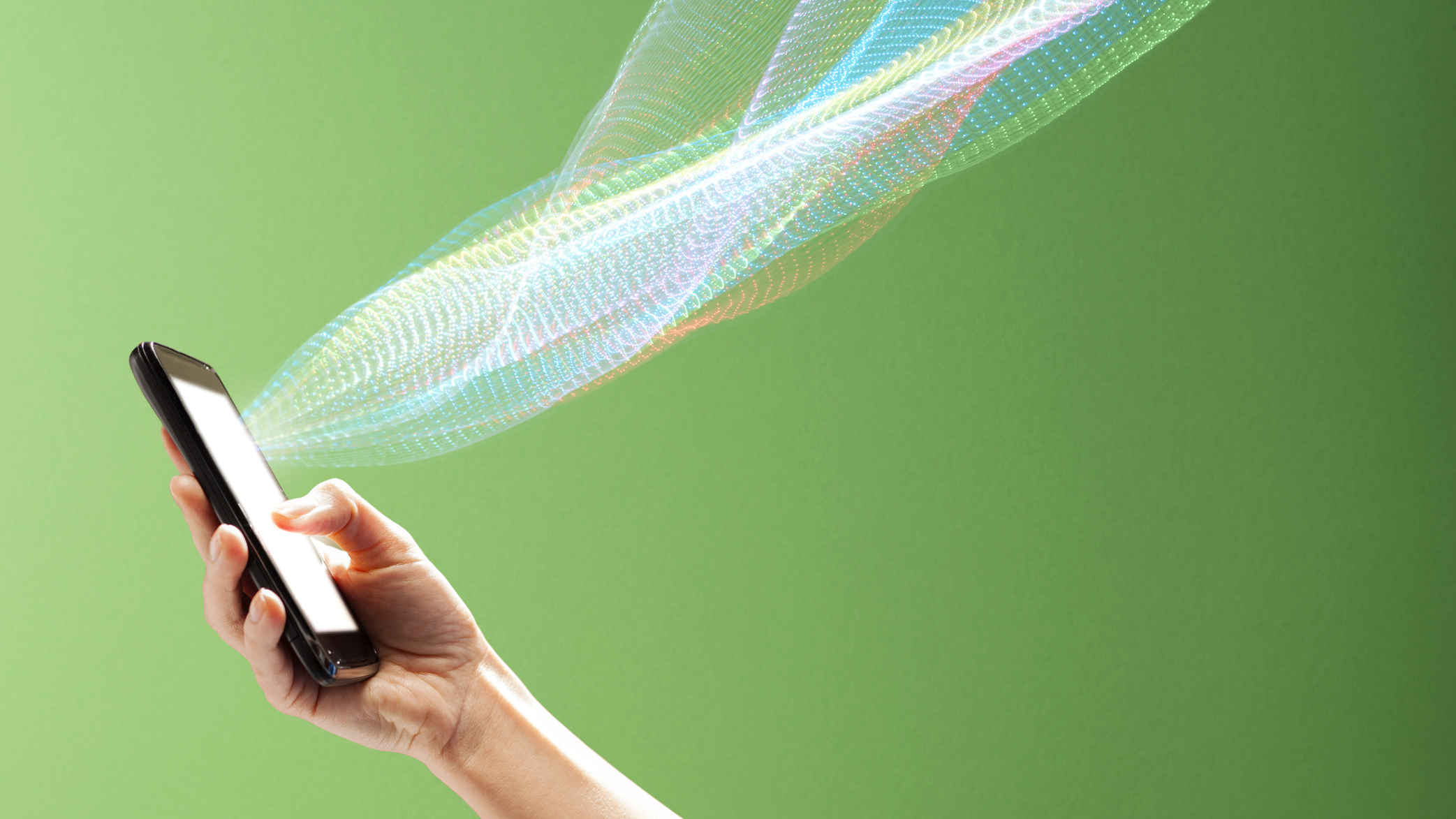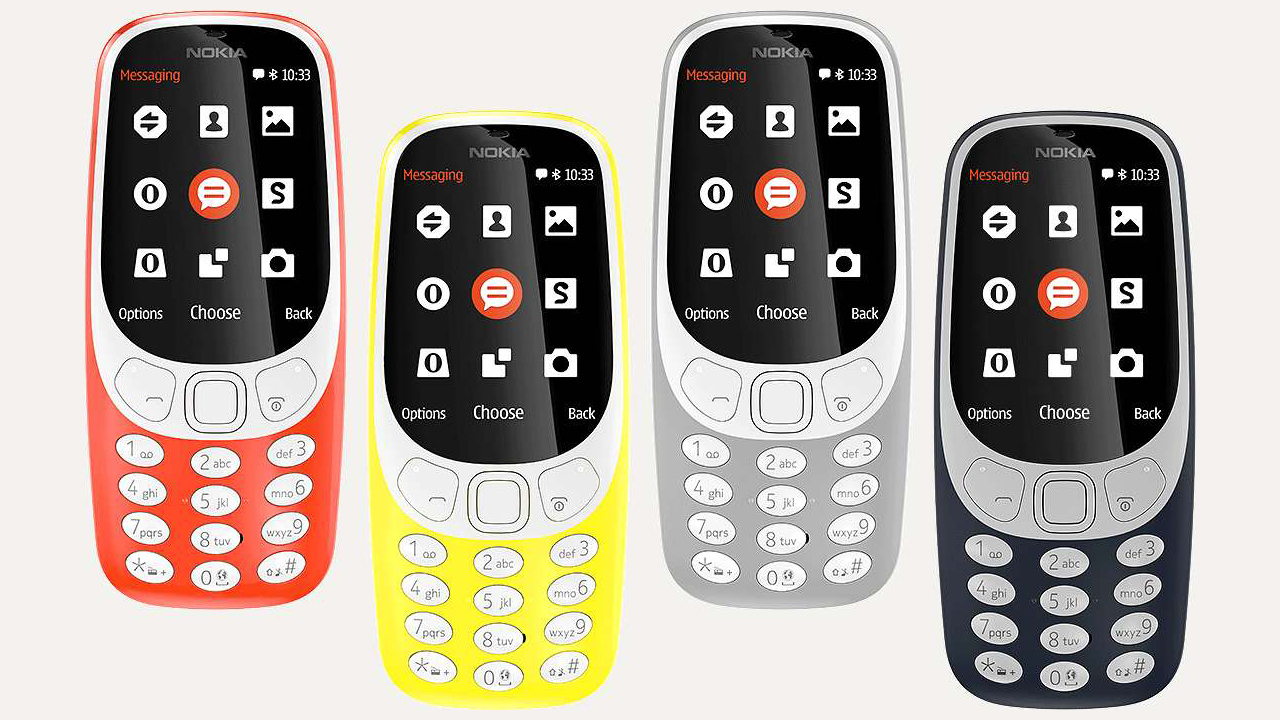The history of the cell phone is fascinating. While most don't actually know when cell phones were invented, almost everyone remembers their very first phone. For people of a certain age, it might feel hard to imagine a world where cell phones didn't exist, or when choice was limited to one or two basic handsets. However, the humble cell phone is still comparatively new compared to a lot of technology. If you're interested in knowing all about the history of cell phones, read on while we tell you all about it. And then check out our guide to the best smartphones to see exactly how far we've come.
The origin of the cell phone
The idea of a wireless telephone (later to be a cell phone) has been around for a long time. Back in 1908, Professor Albert Jahnke and the Oakland Transcontinental Aerial Telephone and Power Company claimed to have developed such a device before being accused of fraud. The charge was later dropped but production was never continued. From then on though, the idea grew in power and potential. In 1918, the German railroad system tested wireless telephony between military trains with the concept growing over the following decade.
Of course, these were more like two way radios than the cell phone we know today, but it was an idea that steadily grew in stature. After the Second World War, engineers from Bell Labs began work on a system that allowed mobile users to make and receive calls from their vehicles, for instance. This still wasn't the cell phone you'd think of today though.

When was the first cell phone call made?
The first more conventional cell phone call was made on April 3, 1973 by a Motorola employee, Martin Cooper. It was conducted on a prototype of what would become the Motorola DynaTAC 8000x, the world's first commercially available cell phone. The prototype weighed 2.4 pounds and measured 9.1 x 5.1 x 1.8 inches. The call was made in New York City and received in the headquarters of Bell Labs in New Jersey.
While there are records as to what the first telegram announced, as well as the first telephone call, and SMS message, there's no record of the first cell phone call. Cooper has acknowledged in interviews that he thinks it was something along the lines of discussing whether the call sounded good or not, rather than anything more memorable. To be fair, Ru Paul's Drag Race didn't exist back in the '70s, so there was relatively little to gossip about.
The Motorola DynaTAC 8000x cost $100 million to develop and had a talk time of only 30 minutes. It also took ten hours to charge, and cost a rather eye watering $3,995 (the equivalent of $10,000 today). Despite that, the waiting lists for such a device was in the thousands, such was demand. It's considered as the first 1G cell phone.
The birth of 2G digital cellular technology
It wasn't until the introduction of the second generation of cell phone systems - 2G - that we truly see the uptake of cell phones soar, and the rise of cell phone providers. In the 1990s, there was a battle for supremacy between two methods. In Europe, there was GSM while the US had the CDMA standard. Both used digital instead of analog transmissions, which made a huge difference to the quality of the service. In 1992, the first mass-produced 2G phone, the Nokia 1011 was launched and the idea of everyone owning a cell phone one day seemed a little more plausible thanks to its smaller build and thinner antenna.
Crucially, in 1993, what's often regarded as the first smartphone was launched. The IBM Simon was a cell phone combined with a pager, fax machine, and PDA. It offered a calendar, address book, clock, calculator, notepad, email, and even a touchscreen with a QWERTY keyboard. Impressive technology for nearly 30 years ago, even if it didn't exactly take off in popularity.
Other cell phones were a fair bit more simplistic but the second generation of devices introduced SMS messaging with the first machine-generated SMS message sent in the UK on 3 December, 1992 followed by the first person-to-person message sent in Finland in 1993. In case you were wondering, the message was not 'New phone, who dis?' SMS communication soon established itself and became a key method of talking, even if it has been superseded by data-driven messaging apps in most of today's devices.

The rise of mobile data
At the same time as the rise of cell phones allowing you to make calls on the move, there was also a rising interest in being able to access and browse the internet regularly too. For cell phones, 2G simply wasn't up to scratch, offering low data speeds and a highly unreliable service. So 3G was developed with Japan's NTT DoCoMo launching the first commercial 3G network in 2001. It took a number of years to truly become an established force worldwide but by the end of 2007, 295 million users were on 3G networks, representing 9% of the total worldwide subscriber base.
From there, things soon took shape with 4G being developed in a bid to offer even better speeds and reliability with streaming the focus of attention. And now, we're at a stage where 5G is becoming increasingly prevalent amongst new phones and cell phone provider packages. It’s safe today the cell phone has come a long way in the past 40 years.
If you need more on cell phones we have features on whether cell phones emit radiation (spoiler: they do, but it may not be as bad as you think), and a look at what cell phones are made in the USA (spoiler: not many).

